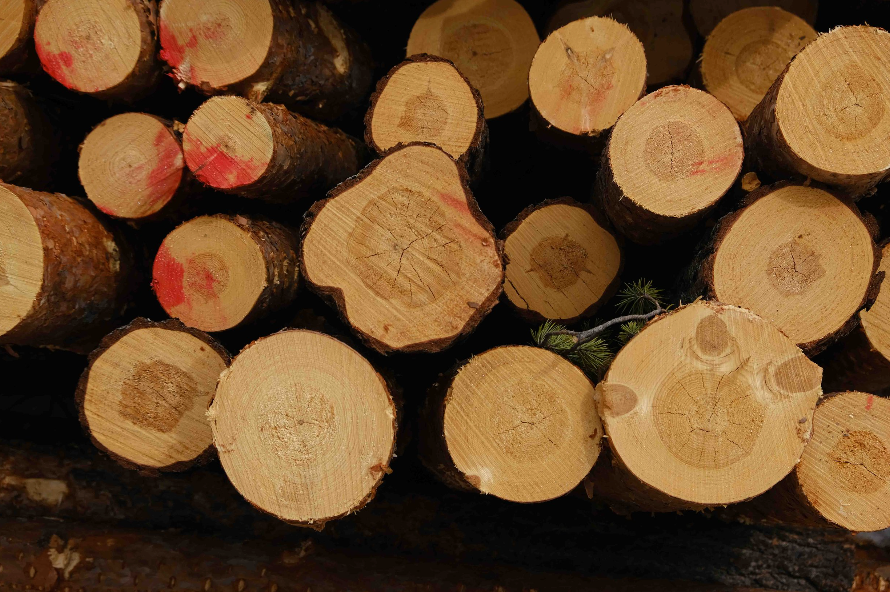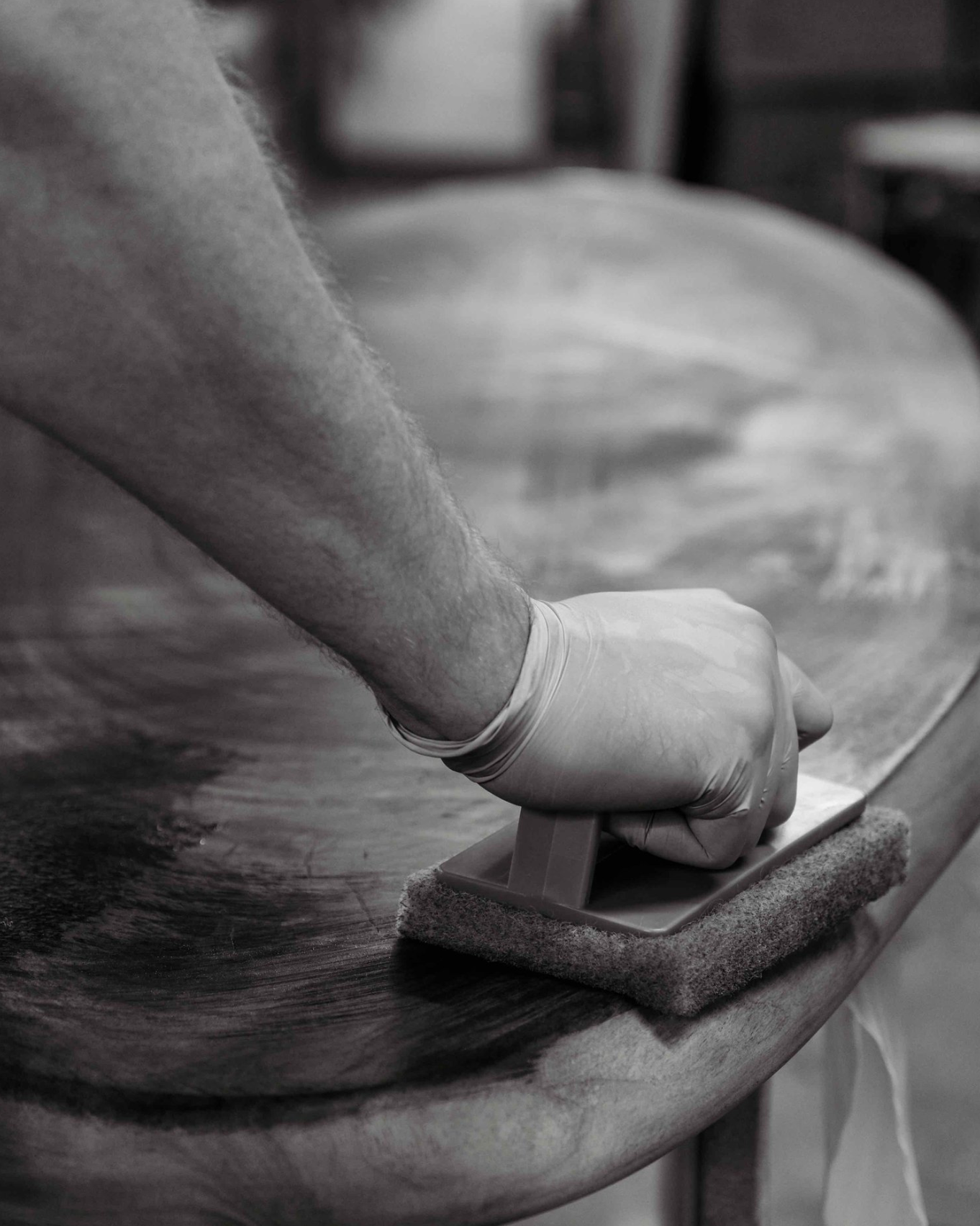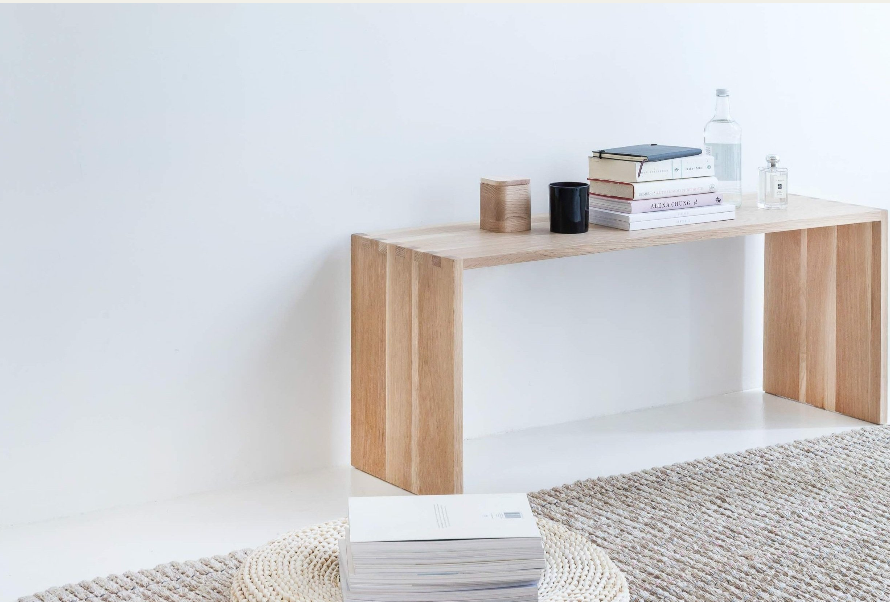With two decades of experience in quality management and being within the wooden furniture industry, we can tell the quality of a product by our touch. With the accumulated experience we have learned through this journey, we would like to share our tips with people who love wood like us but don’t know where to start. As a consumer, not only do we have to get informed of what we’re paying for, but we should also educate ourselves to have independent and critical thinking as the outcome is affected by many factors. Made in Europe or Japan products may not be as high-quality as you think, in the same way, Made in China may not be as bad as we all think. We’re excited to launch Wood 101, covering topics from wood type and price points, origins and quality control, the debate between solid and wood veneer, and change in consumer perception of wood furniture care. We wish everyone can gain a better understanding of solid wood furniture and get something out of it. In Part 1, we will start with different wood types, grades, and price points.
About Wood Standard Grade
Like diamonds, wood also has its own grading system. You may have seen brands that state their wood furniture as FAS grade, but what is it? National Hardwood Lumber Association (NHLA) created a grading system to classify the quality of wood, FAS is the highest grade, followed by Number 1 Common and Number 2A Common.
If a piece of wood furniture hasn’t listed the FAS grade in the product description, then it may be made of Number 1 Common, Number 2A Common, or it’s not even solid wood. LITOOC furnitures are made of North American FAS-grade wood which we clearly stated in our product descriptions. But using FAS-grade wood shouldn’t be bragged about as it’s standard if you’re a wood furniture manufacturer. All in all, look for furniture made from FAS-grade wood if you’re keen to invest in a piece. But there’s no guarantee that the most expensive FAS-grade wood will not break.
To minimize the breakage of your furniture, taking time out to care for and maintain the wood is necessary. Solid wood furniture can last more than 10 years or even a lifetime, but that being said, it all depends on how well and how often you take care of them.
Wood type and price point for reference
Lower price point: Pine, Rubberwood, Ash (grown in South East Asia and Northeast China)
High price point: Walnut, Oak, Cherry, Beech, Teak (grown in Russia, North America, and Europe)
Rare and exotic, extremely pricey: Rosewood, Chicken-wing wood (We will bring in our wood master to discuss this subject)
Now that we all have a rough idea of the price point of different wood types, please don’t equate low price points with low quality. The low price point reflects a lower density of wood, but because of this characteristic, it can be used in making smooth and curvy furniture pieces. Relatively speaking, high-density wood like walnut and oak are often used to create furniture with straight and sharp lines. Designers will determine what wood to use based on their designs. Hence, an ash wood chair may be more expensive than a walnut wood dining table. It’s all affected by the brand, designer, origins…
Whether something is “valuable” is a subjective issue, it all depends on how we appreciate a wooden piece.
We always hear people buy solid wood furniture instead of wood veneer (veneer refers to thin slices of wood). But why is this the case? Stay tuned for the next chapter, where we’re going to discuss the pros and cons between solid wood and wood veneer.
憑藉過去廿載於實木傢俱行業,及品質管理的經驗,用不著看出廠報告,每樣產品摸上手的觸感大概可見真章。累積了少許心得和經驗,希望跟有意投資實木傢俱的朋友分享。作為消費者的我們絕對需要 get informed。要知道付了錢買到的是什麼,但更重要的是需要培養獨立思考能力,事情背後總有無數因素互相牽引互相影響,內地產不一定會爆炸,日本和歐洲製的不一定鑲金。透過 WOOD 101,涵蓋由木材種類和價格、出產地和品質驗證、實木及非實木的利弊、傢俱護理以至改變我們的消費觀念,深入淺出地了解有關實木傢俱的知識。第一節先來談談木材的級別,種類及價格。
木材有級數之分
鑽石有 4C 級別,而木材同樣有分級別。你可能會見過大小品牌都會標明自己的木傢俱是 FAS 級,FAS 是由美國硬木板材協會 (NHLA) 製定對木材級數指標,FAS 級為最高,其次就是普1級,普2A級。如果在商品簡介上沒有寫明是 FAS 級,那有機會該木傢俱是普1普2級,或者不是實木。LITOOC 的實木傢俱都是使用北美進口 FAS 級別木材而製,我們在產品說上有清楚列明。但老實說用 FAS 級木材是很基本,也不是需要打鑼打鼓的事。選擇 FAS 級的木傢俱會有保證,但不代表 FAS 級或者更高級的木材就不會裂。世事無絕對,即使動輒數十萬元起跳的酸枝花梨木同樣也會有裂的可能。
木製傢俱是需要心機和時間做好最基本保養,以減低爆裂的機會。實木傢具是耐用,用上十年八載不成問題,前題是你懂得好好保養的話。要買實木傢俱就要買 FAS 級,但不代表可以一勞永逸,這是需要時間和心機保養的投資。
木材種類及價格
以下是各種木材價格的差別,大家作粗略參考
價格較低:松木,樺木,橡膠木,水曲柳 (多數出產自東南亞或中國東北)
價格較高:胡桃木,橡木,櫻桃木, 櫸木, 柚木, 白蠟木 (多數出產自俄羅斯,北美及歐洲)
產量少而又是天價,矜貴得要進博物館:紅木類:花梨木,黃花梨,酸枝木,烏木,紫檀木,雞翅木。(這又是另一個層次的話題。留待我們訪問世叔伯再跟大家分享。)
別以為價格較低就代表品質欠佳,價格相對低的木材是因為密度較低,穩定性較低。但正因為密度低硬度低的特性,可被塑型出流線設計的傢俱。相對價格較高密度高的木材,多數被用於設計線條較硬朗的傢俱。「天生我才必有用」,每種木材會有自已的舞台。設計師基於產品款式而決定選用那款木材,一張北歐設計用水曲柳製的流線型躺椅絕有機會比一張用黑胡桃木製餐桌貴,完全取決於設計,品牌,產地等因素。每個人對於「值唔值」的準則不同,一切都在於我們欣賞木製傢俱的態度,最重要是自己喜歡。
下一節會跟大家談談非實木產品利弊,即是大家常聽到的貼皮/飾皮傢俱,其實非實木不一定比實木傢具優勝。





